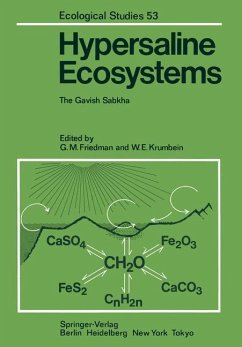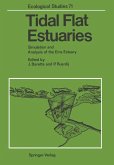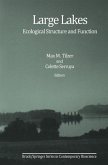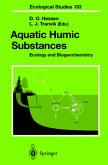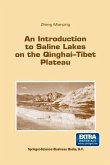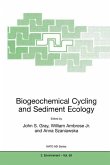WOLFGANG E. KRUMBEIN In this section we deal with special aspects of the Gavish Sabkha, and in two contributions with the very similar environments of the Ras Muhammad Pool (Chap. 10) and the Solar Lake (Chap. 15). Comparisons are made, however, in the individual contributions to other evaporative systems. Much ofthe work was stimulated by our late friend Eli Gavish during his pro ductive years of sedimentological studies along the shores of the Gulf of Elat. An other stimulus was initiated by the agreement that the Solar Lake and the Gavish Sabkha were selected as model cases for a Project of the International Geological Correlation Program. Its subject is Early Organic Evolution and Mineral and En ergy Resources. It is presently chaired by one of the chapter authors (M. Schid lowski). A subproject, chaired by S. Golubic and W. E. Krumbein is entitled Fossil stromatolitic microbial ecosystems and their modern analog. Another sub project chaired by G. Eglinton deals with the possibilities of finding marker mol ecules in ancient oil-producing sedimentary environments by comparison with nonpolluted modern systems. Also, this group had chosen the Solar Lake and the Gavish Sabkha as case study systems. Organic geochemistry, metal deposit for mation in the biosedimentary environment and the comparison of recent and an cient productivity and sulfate reduction systems thus were the main purposes of the specialized studies undertaken in the Gavish Sabkha and the Solar Lake.

